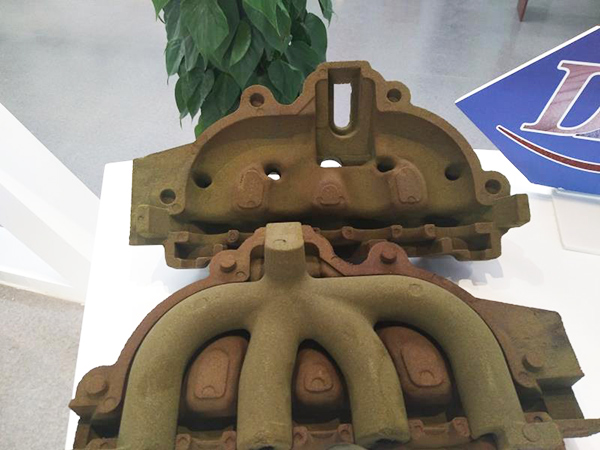The Uses of Foundry Sand
Foundry sand, a high-quality silica sand that is a byproduct of the metal casting process, has garnered significant attention due to its diverse applications and environmental benefits. This article explores the various uses of foundry sand, showcasing its versatility beyond the foundry industry.
One of the primary uses of foundry sand is in the construction industry. Because of its excellent strength and stability, foundry sand can be used as a substitute for traditional sand in concrete production. When incorporated into concrete mixes, foundry sand enhances the mechanical properties of concrete while reducing the overall cost. Furthermore, the use of foundry sand can improve the durability and workability of concrete, making it a valuable component in constructing roads, bridges, and buildings.
Additionally, foundry sand is increasingly being utilized in the production of asphalt. Its angular particles and high frictional properties make it a suitable additive for asphalt mixtures. The presence of foundry sand in asphalt not only enhances the material's strength and longevity but also helps reduce the amount of virgin aggregate needed, leading to lower costs and decreased environmental impact. This sustainable approach aligns with modern practices aimed at promoting recycling and resource conservation in the construction sector.
uses of foundry sand

Another intriguing application of foundry sand is in land reclamation and soil stabilization. Due to its well-graded particle size and drainage properties, foundry sand can be beneficial in enhancing the physical properties of soil. It can improve soil structure, increase water retention, and promote vegetation growth, thus serving as an effective agent for land restoration projects. By repurposing foundry sand in these applications, companies contribute to sustainable land management practices while minimizing the volume of material sent to landfills.
In addition to construction and environmental applications, foundry sand has been recognized for its value in the manufacturing of ceramics and glass. The chemical composition of foundry sand makes it an excellent raw material for producing high-quality ceramic tiles and glass products. Its use in these industries not only improves product quality but also creates a closed-loop recycling system where industrial waste is repurposed as a valuable resource.
Moreover, the agricultural sector has also found beneficial uses for foundry sand. When applied as a soil conditioner, it can improve soil aeration and drainage, which is vital for promoting root growth and plant health. Farmers can utilize treated foundry sand to amend compacted soils, enhance crop yields, and reduce the need for chemical fertilizers, thus promoting sustainable agricultural practices.
In conclusion, foundry sand, often regarded simply as a foundry byproduct, has proven to be a versatile material with a wide array of applications across different industries. From enhancing construction materials to promoting sustainable agricultural practices, foundry sand serves as a functional and environmentally friendly resource. As industries continue to seek innovative solutions to reduce waste and improve resource efficiency, the utilization of foundry sand will likely expand, further highlighting its importance in promoting a circular economy. By integrating foundry sand into various applications, society can harness this valuable material for a more sustainable future.
Post time:Oct . 31, 2024 21:43
Next:Coated Sand Applications and Benefits in Modern Construction and Industry
